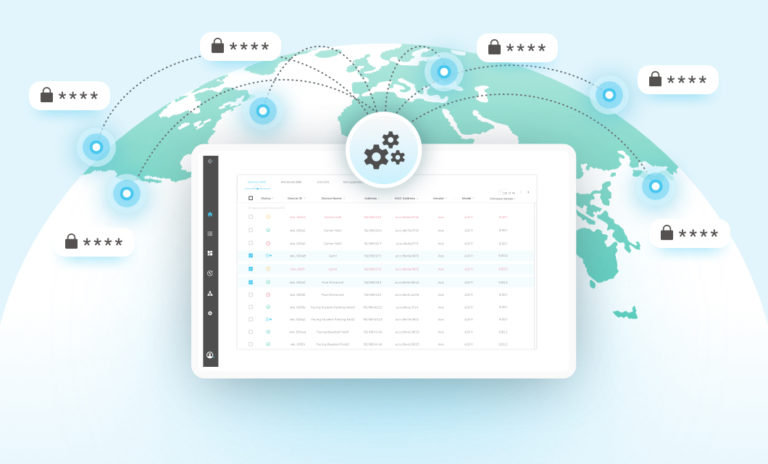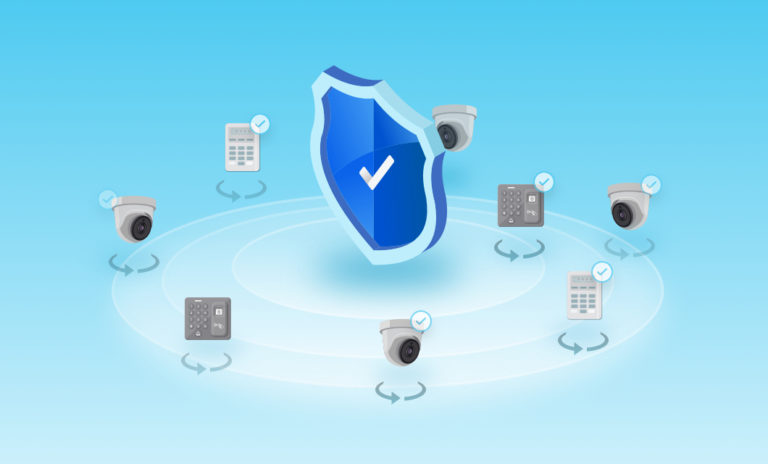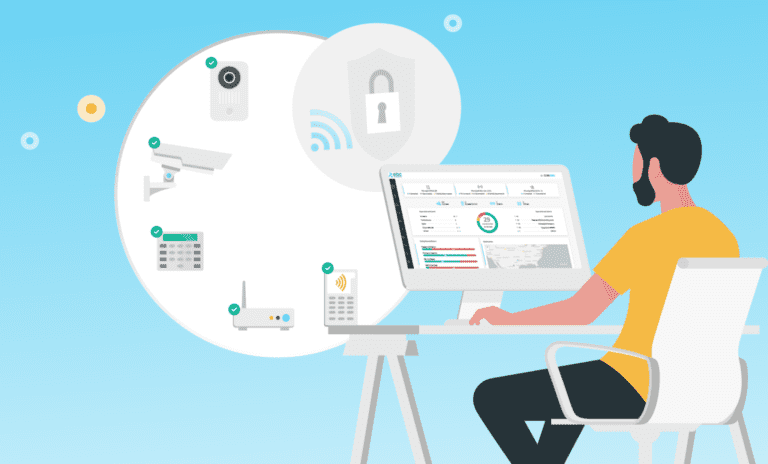 In today’s connected environments, physical security systems are no longer isolated from cyber threats. Access control devices—card readers, door controllers, biometric scanners, and mobile credential readers—are increasingly connected to enterprise networks and cloud platforms. While this digital shift brings efficiency and manageability, it also opens the door to a chilling reality: these systems are vulnerable to known cybersecurity flaws, documented as Common Vulnerabilities and Exposures (CVEs).
In today’s connected environments, physical security systems are no longer isolated from cyber threats. Access control devices—card readers, door controllers, biometric scanners, and mobile credential readers—are increasingly connected to enterprise networks and cloud platforms. While this digital shift brings efficiency and manageability, it also opens the door to a chilling reality: these systems are vulnerable to known cybersecurity flaws, documented as Common Vulnerabilities and Exposures (CVEs).
These aren’t just technical oversights—they’re ticking time bombs.
This blog explores how attackers exploit CVEs in access control systems, the catastrophic consequences of such breaches, and the proactive steps organizations must take before it’s too late.
What Are CVEs, and Why Are They Dangerous?
A Common Vulnerability and Exposure (CVE) is a publicly disclosed security flaw in software or firmware. When access control systems are affected by a CVE, it means there is a well-documented, often easily replicable method for attackers to exploit that device—sometimes from anywhere in the world.
In the context of access control, a CVE can allow an attacker to:
- Reconfigure or manipulate controller settings, or even force a system reboot
- Disrupt or restrict legitimate user access to doors and entry points
- Cause the device to become unresponsive or entirely inoperable
These actions can lead to far-reaching consequences: sudden shutdowns of access control infrastructure, unauthorized changes to user permissions, the unexpected locking or unlocking of doors, the disabling of alarms, and even the circumvention of emergency override systems. In mission-critical environments such as hospitals, airports, or data centers, the impact could be devastating.
How Attackers Exploit CVEs in Access Control Systems
- Default Credentials and Weak Authentication
Many devices still ship with factory-default credentials—or use hardcoded usernames and passwords that can’t be changed. Attackers scan networks looking for exposed systems, and once they identify a vulnerable device, they log in using default credentials.
Once inside, they can reconfigure door behaviors, modify access schedules, delete logs, or even create new unauthorized users.
- Buffer Overflows and Memory Corruption
Attackers exploit flaws in how a device processes data. By sending a specially crafted input, they trigger a buffer overflow, which allows them to execute their own malicious code. This can lead to installation of persistent backdoors or disabling of event logging systems.
The result is a device that appears to be functioning normally but is actually under external control.
- Insecure Web Interfaces
Some access control devices include web-based management portals that lack sufficient authentication or encryption. Attackers can access these portals to change settings, extract logs, or unlock doors remotely.
Such exposure is especially dangerous in older systems that were never intended to be managed over public or unsecured networks.
- API Abuse and Insecure Firmware
Many modern systems include APIs to integrate with mobile apps, visitor management platforms, or HR systems. If those APIs are poorly secured, attackers can manipulate them to escalate privileges or modify permissions.
In parallel, outdated or vulnerable firmware versions remain unpatched in the field for weeks or months, leaving devices exposed to well-documented attacks.
- Man-in-the-Middle (MitM) Attacks
In systems without encryption or signed firmware, attackers can intercept communications between access control software and the door controller. They might inject false commands, such as an “unlock” directive, or harvest user credentials for later use.
- Local Privilege Escalation
Even when the device itself is not the entry point, an attacker may exploit a vulnerability in a technician’s laptop or management server. Once local access is gained, they escalate privileges to take over the access control platform.
Why These Vulnerabilities Persist
Despite the rising risk, CVEs remain a persistent threat in physical security for several reasons:
- Lack of Visibility
Many organizations don’t have a comprehensive or real-time view of their access control infrastructure. They can’t say for sure which firmware versions are deployed, let alone which vulnerabilities may be present.
- Fragmented Responsibility
IT and physical security teams often operate in silos, leading to gaps in accountability. As a result, no single group is responsible for vulnerability management across the entire access control stack.
- Manual Updates
Firmware updates can be complex, often requiring site visits, manual procedures, and downtime. Some teams avoid updating altogether due to fear of breaking critical systems.
- Vendor Limitations
Not all access control vendors issue timely patches, and many don’t provide automated deployment tools—leaving organizations to navigate complex or outdated update processes on their own.
How to Mitigate CVE Risk in Access Control Environments
Securing access control systems against CVEs demands the same rigor applied to IT assets. Here are essential steps organizations should take:
- Automated Asset Discovery & Monitoring
Continuously inventory all connected physical security devices, track firmware versions, and map them to known vulnerabilities. - Real-Time Vulnerability Detection
Use up-to-date threat intelligence to detect which CVEs apply to your devices and prioritize remediation based on impact. - Centralized Patch Management
Automate firmware and software updates where possible and ensure rollback mechanisms are in place to recover from failed patches. - Security Hardening and Network Segmentation
Apply hardened configuration baselines to controllers and segment them from broader enterprise networks to limit attack surface. - Cross-Functional Coordination
Bridge the gap between IT and physical security by aligning both teams around shared goals for threat visibility, compliance, and response.
Be prepared
Access control systems are no longer just hardware—they are networked, software-driven, and increasingly targeted. CVEs in these systems represent a silent but growing threat. Attackers don’t need to break down a door when they can simply exploit a software flaw to open it.
Ignoring these vulnerabilities is not just a security lapse—it’s an invitation to disaster.
It’s time for organizations to treat physical security devices as critical infrastructure. Because in the era of cyber-physical convergence, the question is no longer if someone will try to exploit your access control system, but when—and whether you’ll be ready.
To learn more, download the eBook: 7 Strategies for Protecting Your Physical Security Devices from Cyber Attacks.





